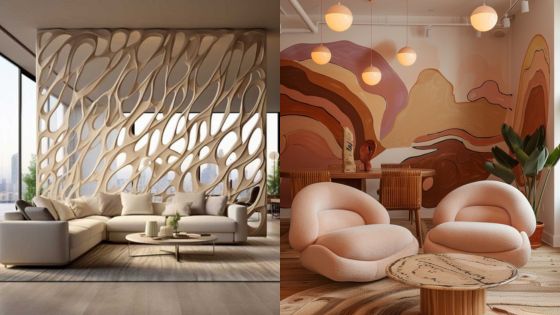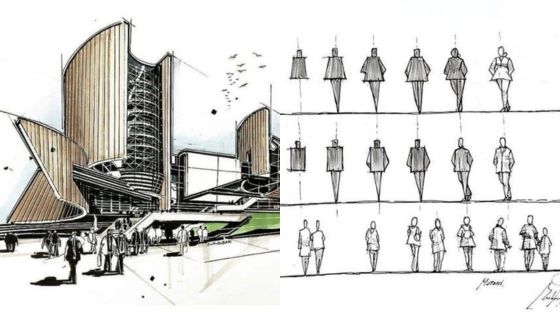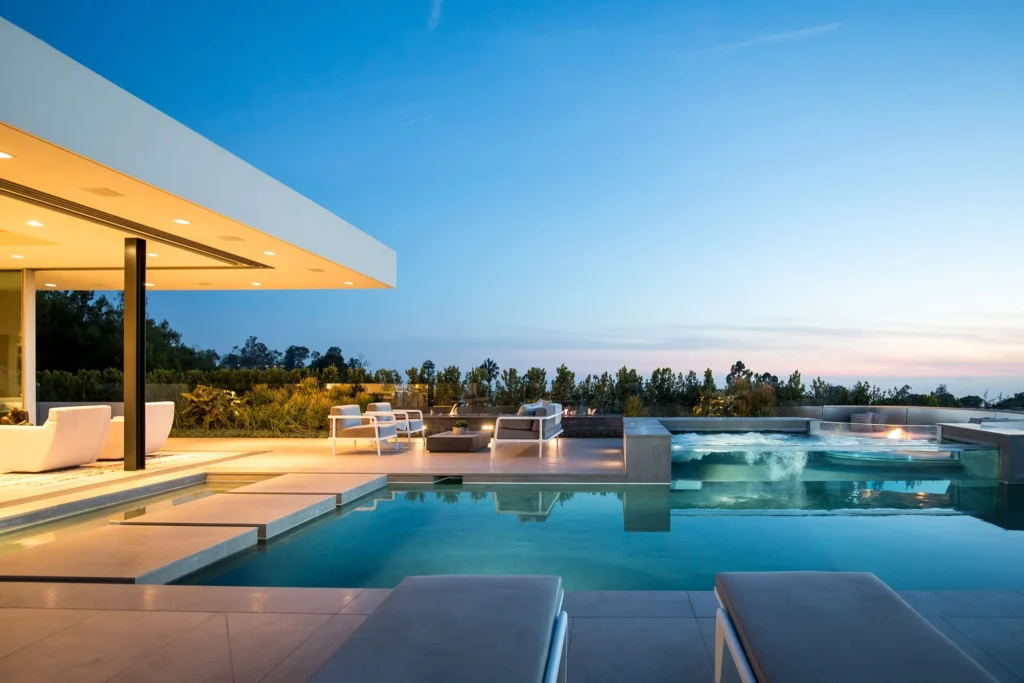
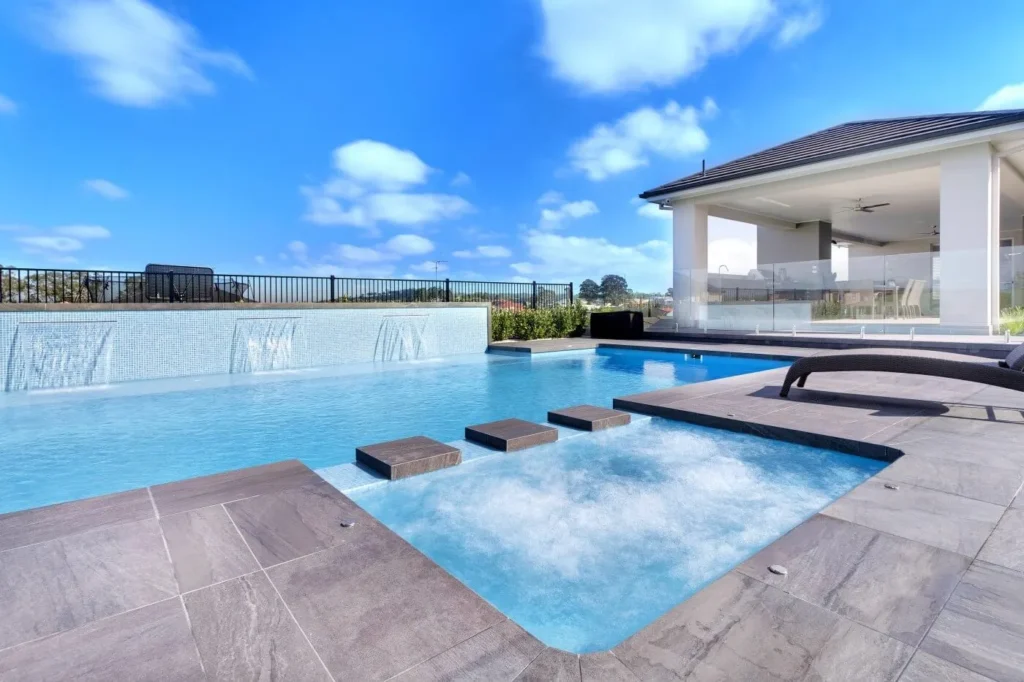
When creating a peaceful and relaxing oasis in your backyard, few things rival the tranquility of a well-designed pool and spa. Whether you have a sprawling estate or a modest suburban yard, implementing an exquisite pool and spa design can transform your outdoor space into a personal sanctuary.
But how do you design the perfect pool and spa for your landscape? Where do you begin? What factors should you consider? In this post, we will illuminate the art of outdoor living by exploring key elements to consider when designing a pool and spa.
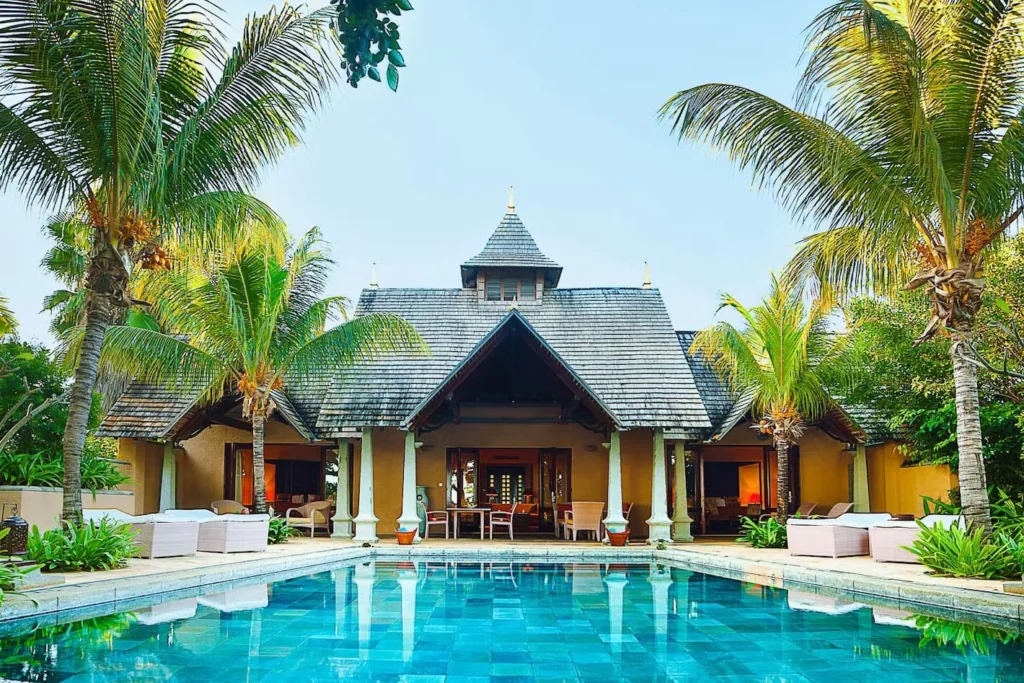

1. Assessing Your Space:
Before diving into the creative process with a reputed pool service in Lake Mary, FL, thoroughly assess your outdoor space. Consider the size and shape of your yard, any slopes or level changes, existing architectural elements like trees or fences, available sunlight throughout the day, and proximity to neighbors.
Understanding these aspects will help determine the best location for your pool and spa within your landscape. In addition, studying local building codes is vital as they often dictate setback requirements such as distance from property lines. Taking these measurements and regulations into account ensures that once construction begins, there won’t be any unexpected delays or legal issues.
2. Conceptualize Your Vision:
With a clear understanding of your outdoor space parameters, it’s time to conceptualize your vision for the pool and spa design. Consider how you want your landscape to look – is it formal or informal? Would you prefer a modern design with straight lines and sleek finishes or something more natural with curved edges surrounded by lush foliage?
Consider additional features such as waterfalls, fountains, integrated lighting systems for breathtaking nightscapes, or even fire features that add warmth during cooler evenings. Envisioning these details will help guide the aesthetic direction of your design and inform functional considerations, as mentioned below.
3. Functionality and Flow:
The functionality of your pool and spa design dramatically affects how you will use and enjoy your outdoor space. Consider who will use the pool – is it primarily for adults, kids, or a combination? This consideration will influence design elements such as depth, steps or entries for easy access, seating areas for relaxation or socializing, and adjacent spaces like dining areas or lounges. Additionally, the pool’s flow rate is an important factor to consider. This impacts how efficiently the pool circulates water, ensuring proper filtration and water quality. A well-designed flow rate will help keep the pool clean and comfortable, while also supporting any water features like fountains or waterfalls you might want to add.
Beyond the pool itself, think about how it integrates with other outdoor features. Is there a seamless flow from the pool to an outdoor kitchen or patio area? Consider existing structures like pergolas or gazebos that can enhance the surrounding landscape while providing shade and privacy. It’s essential to ensure that your pool and spa design harmonize effortlessly with these additional elements to create a cohesive outdoor oasis.
4. Material Selection:
Selecting suitable materials is critical to creating a stunning pool and spa design that seamlessly blends with its surroundings while holding up against time and weather elements. Depending on your aesthetic preferences and budget, you have various choices for finishes, such as tiles, pebbles, exposed aggregate concrete, or synthetic surfaces.Additionally, consider decking materials around the pool area—should you go for natural stone like travertine or limestone?
Composite decking materials may provide better durability and resistance to moisture. Balancing aesthetics with durability ensures that your pool and spa design looks magnificent and remains functional throughout its lifespan.
5. Partnering with Professionals:
Designing a pool and spa is a complex process that requires expertise in various disciplines, including architecture, engineering, landscaping, and construction. Hiring professionals specializing in pool and spa design ensures your vision seamlessly translates into reality while meeting safety standards and regulatory requirements.
6. Regulatory Compliance:
Lastly, you must always ensure compliance with local building codes and permits. Professional designers have extensive knowledge of these regulations and can help navigate any red tape involved in pool construction. They can also liaise with engineers for soil assessments or grading plans if necessary. Compliance guarantees a legal operation and safeguards the longevity of your investment by adhering to industry standards for safety in every aspect of your project.
In Conclusion:
Designing a remarkable pool and spa for your landscape involves carefully considering aesthetics and functionality while adhering to regulatory requirements. Assessing space dimensions, conceptualizing a vision, and ensuring functional flow within surrounding elements while considering environmental factors like sustainability before construction by an experienced professional team will create an inviting outdoor living space ideal for you or regular entertaining occasions.
- 2shares
- Facebook0
- Pinterest2
- Twitter0
- Reddit0


